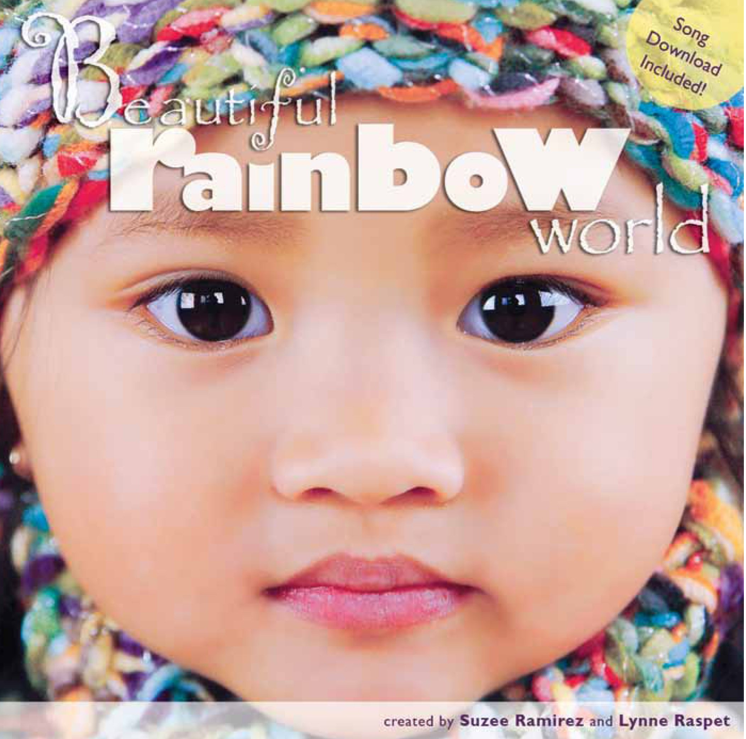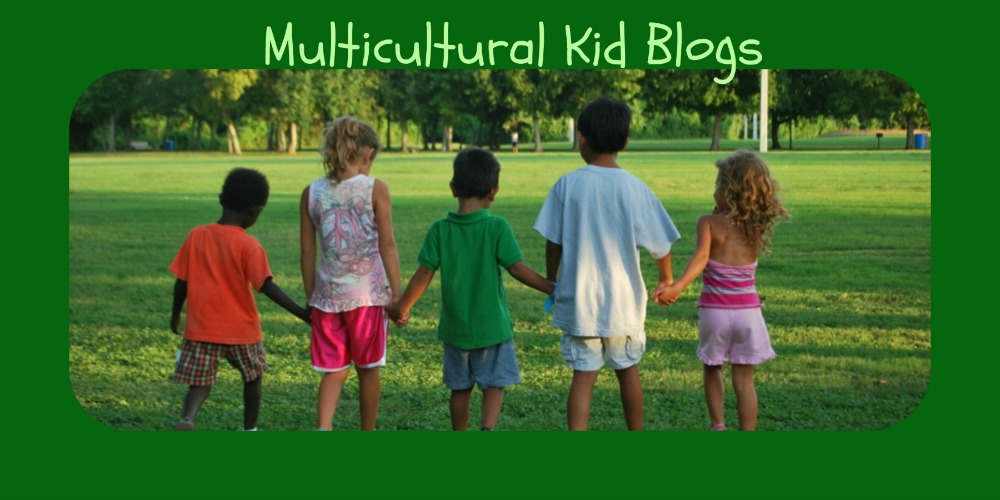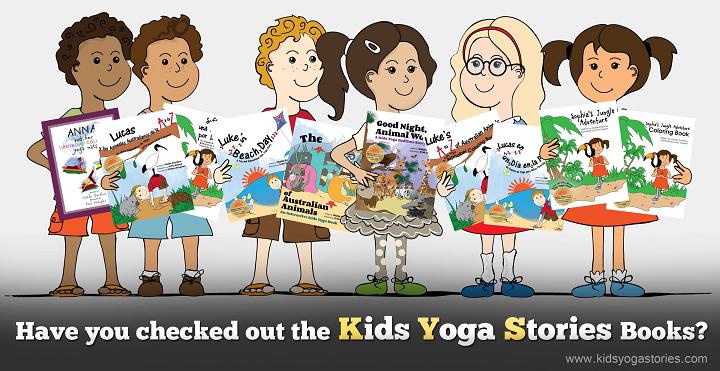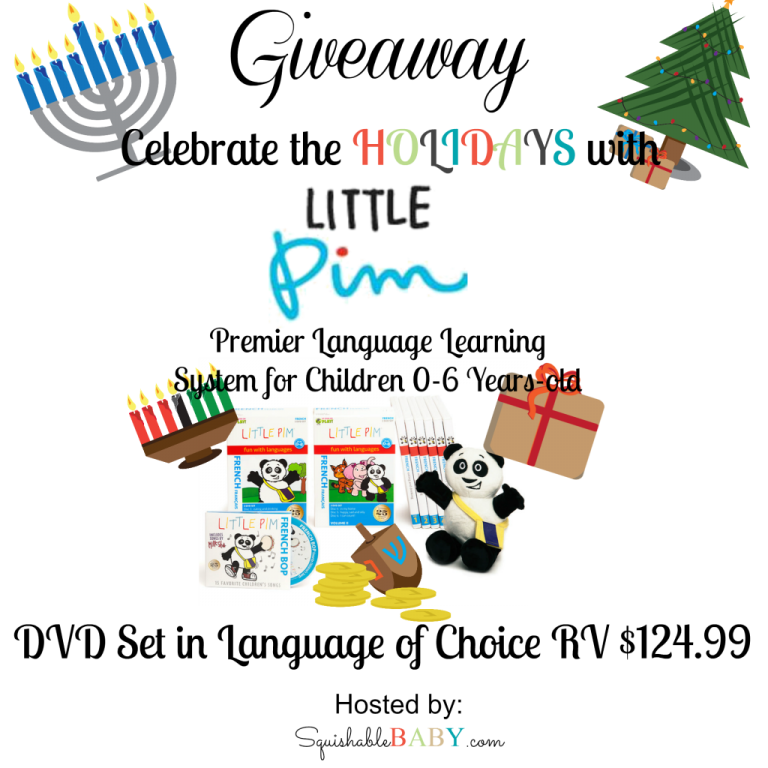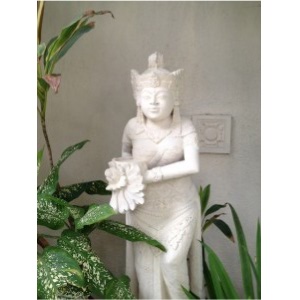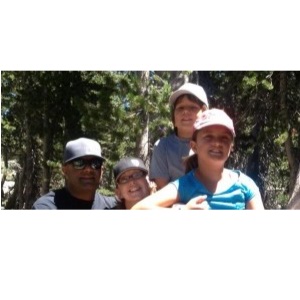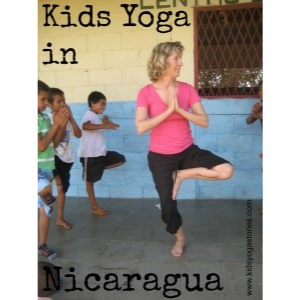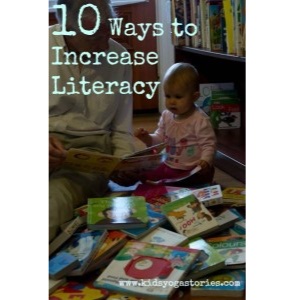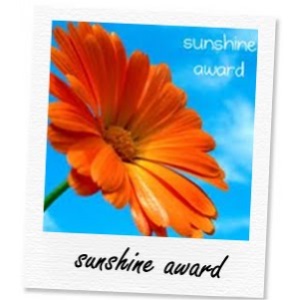How to Integrate Multiculturalism
As part of their holidays around the world celebration, my daughter’s preschool sent home a parent questionnaire asking us about our family’s culture. Some of the questions were:
- What are your countries of heritage?
- What customs are important to your family?
- What special foods does your family eat?
- Do you have any special eating or cooking utensils that are unique to your culture?
- Do you have any words or cultural terms that your family uses?
- Which languages are spoken at home?
- Which holidays do you celebrate together as a family?
As a former teacher, I was familiar with this questionnaire and associated activities. But as a parent, the questions made me stop and reflect on our American-Canadian-Australian-British heritage.
My husband, daughter, and I currently live far from our families, and ways to integrate our various cultures into our life are always on my mind. Even though our heritage countries are superficially similar, they are also fundamentally different. I never forget this.
So, we brought in our Australian Christmas books to share with my daughter’s friends at preschool. And we have been getting daily updates from the teachers that the children have been learning about Japan, India, and Korea, so far, in their multicultural studies.
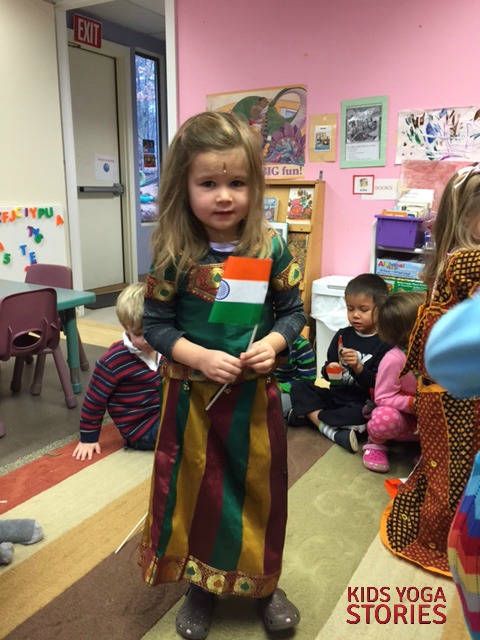
My daughter dressed in traditional Indian clothing at her preschool.
This post contains Amazon affiliate links.
How we integrate multiculturalism into our life
The school’s questionnaire got me thinking about how we integrate multiculturalism into our daily life at home through books, music, experiences, food, events, and multi-media. We try to expose our daughter to global cultures as well as our own. We hope to raise our child to think and act globally. Most importantly, we aim to create multiculturalism as a lifestyle; as a way of being, thinking, and behaving every single day.
Here’s one example:
You know that we love books. So, it would be only natural for us to look for ways to integrate multiculturalism through books. Check out this new mini-sized book (7 x 7 inches), Beautiful Rainbow World by Suzee Rameriz and Lynne Raspet, which features photos of children from around the world. The book also comes with a downloadable song, “Beautiful Rainbow World” by children’s folk singer Daria. This is a fun activity in the car where I can play the song and my preschooler can flip through the pages of the photo book. This book is a great tool for discussing various world cultures.
You could also check out our Pinterest boards for more inspiration:
- Multicultural Books
- Multicultural Kid Blogs: Raising Global Citizens
- Multicultural Kid Blogs: Multicultural Kids’ Books
- Multicultural Kid Blogs: The Multicultural Classroom
- Multicultural Kid Blogs: Multicultural Parenting
- Multicultural Kid Blogs: Learning About Culture
I received a free copy of the Beautiful Rainbow World book and the opinions above are completely my own.
How others integrate multiculturalism into their lives
I asked some friends in my Multicultural Kid Bloggers group how they bring multiculturalism into their everyday lives. Here is what they shared:
“The easiest way to bring multiculturalism into our family’s everyday life is through books and food: reading folktales or stories set elsewhere, trying new dishes together, and learning about where they are from. Peppering multiculturalism throughout can also be done easily by listening to music from various cultures and attending multicultural events hosted in your city.”
Marie-Claude Leroux
Marie’s Pastiche
“Bringing multiculturalism into our home is second nature to us. We live it day by day by incorporating our culture (hubby’s and mine) together. We also have multicultural books, and we have a display in our home with various flags, souvenirs, and mementos from trips, and as gifts given to us from family members that travel abroad. We learn about other cultures through play, music, food, and cultural events.”
Frances
Discovering the World Through My Son’s Eyes
“We live it, through speaking many languages, cooking food from various countries, and reading multicultural books.”
Olga
The European Mama
“We are lucky in that I grew up in a range of countries and my kids’ paternal grandfather also grew up in several different countries (and not the same ones as me!) My kids also have a cousin who lives in China, and we live in a very diverse area (at least half of my children’s friends are bilingual). We explore different cultures through food, picture books, and blog posts, including those generously written by others as part of my World Culture for Kids series.”
MaryAnne
Mama Smiles
“We are fortunate to live in a place where a lot of people from different backgrounds interact. I also encourage lots of opportunities to expose our family to different cultural traditions. We honor differences and language learning. I get books and movies that show diversity and other cultures. Every opportunity we have to go to a festival of a different country or culture, I try to make it interesting to learn something from it.”
MAMA TORTUGA
“My husband and I create a multicultural lifestyle for our sons ‘at home’ each time we leave our home. We introduce our sons to the people, cultures, customs and languages of the world through our travels in our hometown of Chicago, across the US, and abroad. We visit cultural institutions. We attend ethnic festivals and events. We eat at different ethnic restaurants. We celebrate different cultural holidays. We play and watch international sports. We talk to people from different cultures. And, the list goes on. As a result, our sons have come to realize that the world is so much bigger than the–m—and we all make it a wonderful place by celebrating our cultures and that of those around us.”
Aimee
Raising World Citizens
“My daughters and my husband (we live in California) are introduced to the Russian culture, traditions, books (here is my book, Playing with Letters), language, food just because they have me and my family around. By interacting with people from different cultures we bring multiculturalism into our everyday life. We have my French friends send her books in French. My Turkish friends invite us to their house, where we eat traditional food and learn about the customs. My Japanese friends introduce us to fun toys and games. In addition, my daughter goes to Spanish playdates where they play, sing, and do crafts in Spanish. We also love our Music Together classes as lots of songs are in various languages (Spanish, Hebrew, French, Japanese and more).”
Anna Watt
Russian Step by Step
“We are fortunate to live in a very multicultural city (San Francisco, CA). Apart from the activities that this city offers, we make friends with multicultural friends/families. Recently, we started a weekly meet-up group “Multilingual Families”. At home, we surround ourselves with multicultural objects (African wooden statues, world maps, traditional images in daily objects (cups,plates, aprons,etc) 2) shower curtain and World mold: ”
Anna
Multicultural Kitchen
“We read a lot of books that are written by different authors (not only by Russians and Italians) and that talk about different countries. Also, the fact that the kids of other nationalities attend the school my children go to helps to connect the stories we read or places we talk about with some real people. Children meet people of other nationalities when we travel. What is important they enjoy playing and find a way to communicate with kids even, if they do not understand and cannot speak their language.”
Galina Nikitina
Raising a Trilingual Child
“We live it every day. Our children attend a school with children from more than 60 nationalities; this makes it very easy to live it at home too. We mix Swiss, German, Italian and Dutch culture at home by talking many languages at home (OPOL, situational code-switching), read books and watch TV programs and DVDs in those different languages and cook typical meals. We love this Bringing Up a Bilingual Child book too.”
Ute
Expats Since Birth
“Multiculturalism as a lifestyle is all about creating family traditions that draw on the rich heritage that we have. It can be as simple as the way we greet each other in the morning, family dinner together every night, the kinds of foods we eat and the wholesome recreational activities we participate in together. Here’s a post where I give 7 reasons why these traditions are so important especially when you are raising a bilingual or multilingual family. ”
Maria
Trilingual Mama
“We integrate multiculturaliam through books, food, music, and certain holidays we witness here in China with locals and expats. We travel a lot, too. We have a globe and map of the world at home and enjoy listening to the Putumayo World Playground series (link).”
Varya
Creative World of Varya
“Here is a post I wrote earlier on this topic: Creating your own traditions is important for the multicultural family. In my book Bringing up a Bilingual Child, one of the 7Cs of multilingual parenting is Culture .”
Rita
Multilingual Parenting
How do you integrate multiculturalism into your family life?
For yoga tips and kids yoga resources, sign up to our weekly Kids Yoga Stories newsletter by adding your email address into the box at the top of the page.

